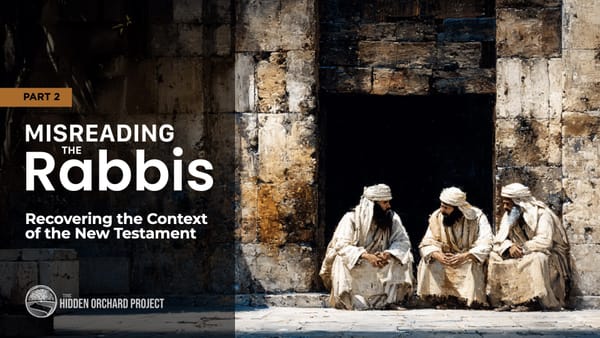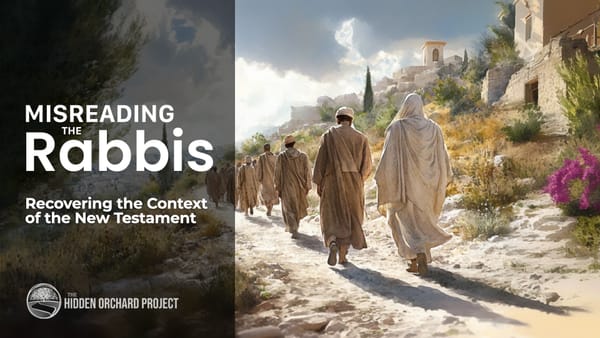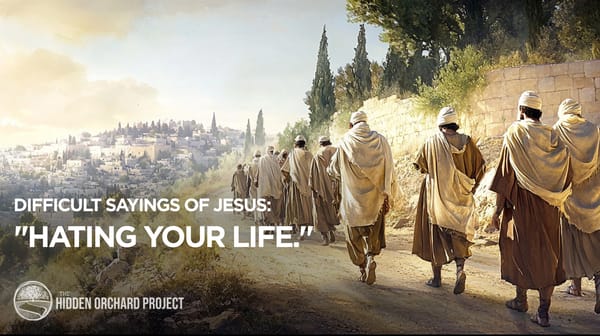A Lamp Under a Basket
Understanding Biblical metaphors and multi-faceted imagery is vital to unlocking the hidden dimensions of interpretation. In this article, we will unpack a few layers to reveal a deeper message in a familiar passage from what is called, "the Sermon on the Mount".

As we have been exploring in recent articles, Rabbinic literature is a vital key to unlocking and understanding the multi-dimensional metaphors of the New Testament. The ingenuity of the Rabbinic process has helped systematize and catalog these hints over the course of many centuries.
In recent examples, we have explored how this knowledge impacts the way we read the miracle of the 'Water turned to Wine', and how these same elements play a role in the 'Parable of the Wineskins.'
In this article, we will unpack a few more layers, revealing a deeper message in a familiar passage from the "Sermon on the Mount".
Foundation
Thematically, the Sermon on the Mount reflects the backdrop of Moses's final discourse on the bank of the Jordan River, as captured in Deuteronomy. In the Gospels, Jesus is depicted similarly to Moses, reinforcing and encouraging greater adherence to the commands of the Torah while speaking about the Kingdom of G_D.
Much of his Jewish audience would have been well-versed in the written and, to a great extent, the oral Torah. This is why he often begins with, "You've heard it said...". Leveraging this foundation, Jesus then introduces a higher-level interpretations, those pertaining to the development of the soul.
It bears repeating, as many have noticed, we should not see this as an abrogation of the Torah. In fact, he adds another dimension to the commandments, actually making them more difficult. For his teachings work, one is required to look more deeply at the Torah. As the Kabbalists would describe it, these teachings are often called the soul of the Torah.
When we overlay the Rabbinic metaphors, this is made more explicit.




